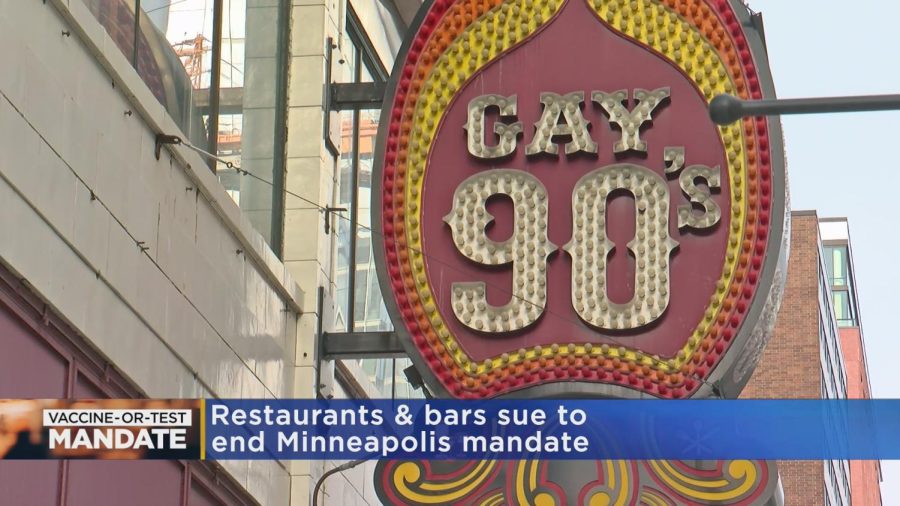Catalonia, a wealthy region in Spain, has been in the throes of unrest for the past several weeks. The pro-independence regional government coalition lead by President Carles Puidgemont called a controversial referendum on the question of secession on 1 October. It had an official result of 90 percent of voters supporting succession. However, after it was ruled unconstitutional by a Spanish court, the vote was largely boycotted by the No camp. Since then, the national government lead by Prime Minister Mariano Rajoy has evoked its constitutional power to suspend the regional government and assume direct rule of Catalonia.
How did we get here?
The Catalan people have a history of dissatisfaction with rule from Madrid. During Francisco Franco’s dictatorship of Spain, the region was brutally suppressed. Since the 1978 Constitution was adopted, Catalonia has been entitled to a regional parliament, which would have limited powers of self governance.
Newfound calls for an independence referendum came from Mr Puidgemont’s government. After Spain’s constitutional court ruled such a vote illegal, those opposing Catalan independence from Spain boycotted the election. As a consequence, the turnout for the vote was only 43 percent. Reports of Spanish police brutality in suppressing the vote and seizing ballots came from across the region, but most focused around the region’s capital, Barcelona.
The Catalan government announced that the parliament had been granted the mandate to declare independence. This was at odds with the opinion of the national constitutional court. As in the United States, Spain’s constitution outlines no mechanism for the secession of its states. On 27 October, the Catalan parliament voted to ratify a declaration of independence, which was suspended by Mr Puidgemont’s government so that negotiations with Spain over secession could be sought out.
In response, Mr Rajoy invoked the power granted to him as Prime Minister by Article 155 of the constitution, which stipulates that regional parliaments can be temporarily dissolved in extraordinary circumstances. By doing so, he dismissed Mr Puidgemont and his ministers from their positions in the Catalan government, many of whom left the country to seek refuge in Belgium. Meanwhile, the Spanish parliament has assumed direct control of Catalonia, with new elections for the regional parliament scheduled for 21 December.
What’s happens now?
For the foreseeable future, Catalonia appears set to remain a part of Spain. While there has been unrest, there has been no significant pushback against Spanish rule. Recently, Spain has issued European arrest warrants (valid throughout the European Union) for the self-exiled members of the former Catalan government. Some of them have willingly returned to Spain to face prosecution, while Mr Puigdemont remains in Belgium with some of his ministers preferring not to return to Spain unless guaranteed a fair trial.
The prospect of Catalan independence in 2017 was marred by many obstacles. Most notably, the European Union openly opposed it, saying that an independent Catalonia would not become part of the coalition of nations. This came as many businesses in Catalonia moved their headquarters into other parts of Spain for fear of the economic fallout of an independent Catalonia. The charges to be leveled against the former ministers of the region are yet to be fully revealed, but it seems as though any form of secession will not take place. Whether or not pro-independence parties will again command a majority in the region’s parliament and reopen the question of autonomy is a question for the December elections.




